Metamorphosis – Tale of a Wetland (Bryan Maltais 2012)
Nature reveals its ability to heal when amphibians, reptiles, birds and plants repopulate a recently abandoned rock quarry to create a flourishing wetland in Fort Collins, Colorado. However, the scarred earth of this healing quarry causes salamanders to undergo a rare and peculiar shift in their morphology. Time-lapse sequences show seasonal changes of the wetland over one year accompanied by underwater footage of amphibians breeding and undergoing metamorphosis. Everybody is familiar with the metamorphosis of butterflies and moths. The following […]


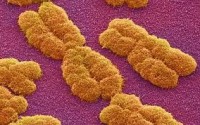
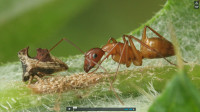
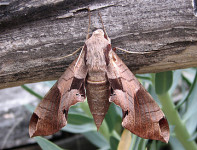
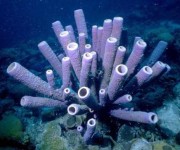
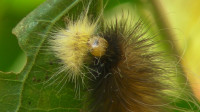
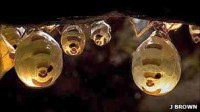

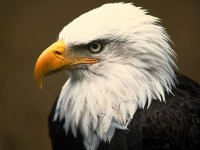
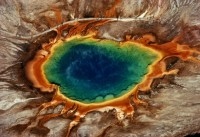
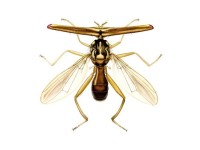
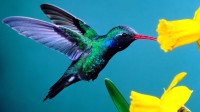
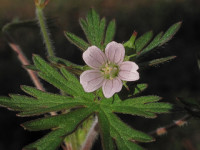
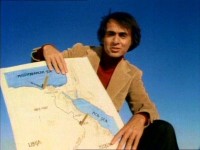

Recent Comments